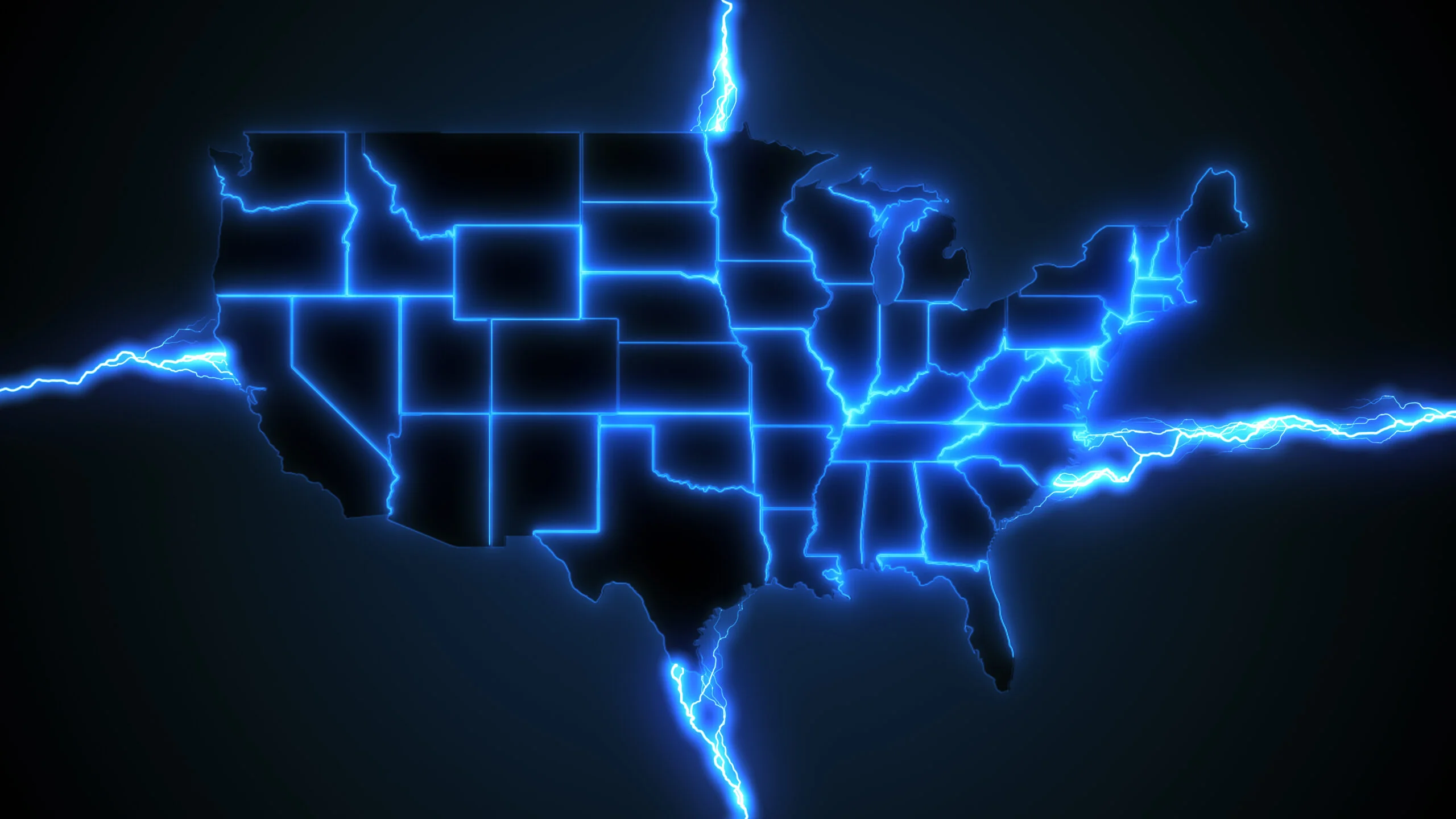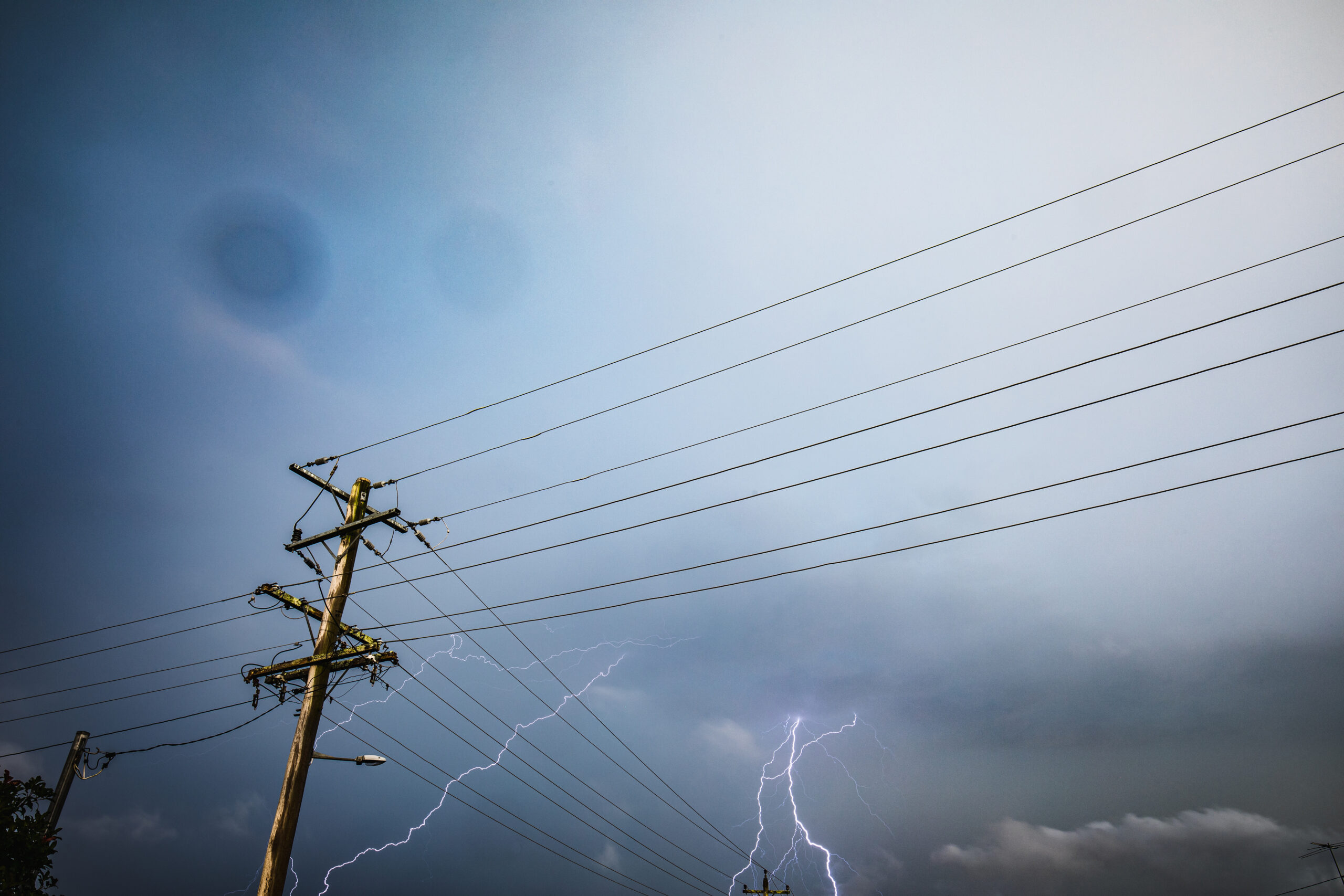‘Tis the season for some cheesy holiday references. Today we’re reflecting on one more year in the books, both for Virtual Peaker as a growing startup here to help our utility partners realize their green energy initiatives through affordable, cloud-based software solutions, and as one more year with the same old utility infrastructure. But don’t fret, friends, because we have solutions today for how to deal with the infrastructure problems of tomorrow, so please enjoy our little gift to you with your favorite winter beverage in front of your fireplace.
Aging Utility Infrastructure
Wait a sec… a fireplace! A fireplace is a great example of an aging utility infrastructure that many of us have encountered. What used to be a most critical feature of survival for warmth and cooking, is now an anachronistic vestige of the past or aesthetic accessory. Wood fireplaces are messy and require Boy Scout training to operate. Of course, fireplaces are household staples around the globe for a great reason: they were critical to survival! Still, even fire has to evolve. For example, natural gas fireplaces are an innovation on the wood fireplace with the improvements of readily available fuel delivered to your home by a series of pipes and a beautiful fire that starts with the push of a button!
Although it is an innovation on the wood fireplace of the past, a natural gas fireplace can also be labeled “aging infrastructure” with today’s technology options for heating homes. It’s possible that this perspective feels a bit “Bah! Humbug!” to you, but let’s explore it at the utility-scale. The fireplace in your home combusts fuel just like a gas power plant, and as our energy landscape continues to shift, innovations like the natural gas fireplace are as critical as updating our waning utility infrastructure.
Existing Electric & Gas Utility Infrastructure
Looking back, electric and gas utilities developed primarily by expanding their infrastructure gradually; utilities expanded to provide energy resources to more people around the world with more generators, compressors, pipes, wires, poles, transformers… the list goes on. But these changes to utility infrastructure are costly, as electric companies assume both high economic risk to fund these projects and the dangers associated with electricity. As natural monopolies, utilities are obligated to serve all customers in their service territory and must serve all of their constituents. Regulators recognize this risk and allow utilities to receive an approved return on investment for capital projects, and all of the physical utility infrastructure things meet the “capital project” definition.
– Kirsten Millar, Director of Policy and Solutions Partnerships, Virtual Peaker
There are ghosts of utility infrastructure past simply because all materials degrade over time. Equipment above the ground is exposed to sun, wind, precipitation, and humans, plants, and animals. Meanwhile, equipment below ground is exposed to water, erosion, abrasions, and humans, plants, and animals. Many variables can lessen the lifespan of seemingly permanent utility infrastructure. Back in 2010, CBS reported that more than 60 percent of the gas transmission lines in the US were at least 40 years old. On average, natural gas lines are in reliable service for a little more than 30 years, meaning that a majority of the U.S. may need an overhaul soon.
In addition to physical decay, technological advances create even more ghosts of utility infrastructure. While the clean energy transition, wide scale adoption of electric vehicles and distributed energy resources (DER), global electrification and decarbonization initiatives have led to upgrades to the electric utility infrastructure, natural gas may be left behind. And those problems could become the problem of private homeowners to defray costs. That is not the present anyone wants this season!
Utility Infrastructure in a Clean Energy Future
Here are three steps to help the industry adapt utility infrastructure to these changes. These adaptations may create more utility infrastructure ghosts, but they will also set us up for a clean and just energy transition.
Step 1: Safely Ditch the Gas, like the Coal in your Stocking
Millions of consumers still rely on natural gas. It’s a fuel that has powered our world for decades, and a critical part of our energy portfolio. It’s easy to move around and store, and we’ve developed useful strategies mine and process it. However, natural gas prices are volatile, it’s increasingly difficult to mine, and is dangerous for human and environmental health. We have the technology to build any new building as an all-electric building. Existing buildings will take time to electrify, but federal, state and utility funding like the Inflation Reduction Act can help accelerate that transition.
The most important thing is to keep the natural gas system safe during our global energy transition. Underfunding gas infrastructure can result in catastrophes like PG&E’s San Bruno pipeline explosion or Columbia Gas’s Merrimack Valley disaster. To update existing natural gas infrastructure safely will be costly in the near term because stranded assets will need to be carefully attended to–some of the gas infrastructure will be abandoned before recouping costs.
Ditching natural gas will result in better long-term outcomes that warrant the costs. Without gas, we can achieve clean energy goals and regulatory requirements in some regions, improve human health conditions, reduce carbon emissions, and may save customers money on utility bills. This effort is super important so we need to have bright, innovative teams working on this challenging transition!
Step 2: Warmly Embrace DERs Like Your Extended Family
All evidence suggests that increasingly, more prosumers are installing distributed energy resources at a rapid pace to increase the comfort of their homes and manage their utility bills. When utilities support these technology upgrades through rate structures, rebates, and preferred contractor lists, it makes it easier for customers to invest. WiFi-enabled devices can then be controlled through distributed energy resource management systems (DERMS) to manage demand, decreasing the need for natural gas or updates to that segment of utility infrastructure.
The vast majority of these leading-edge technologies are electric, which builds upon step one, but it goes beyond that–utilities that recognize the value of a distributed grid and their shifting role (pun intended) in that will excel at this step. Utilities that give preferential treatment to centralized power generators will struggle with this. The reality is, that if utilities don’t take initiative to control these distributed energy resources now, somebody else will.
Step 3: Scale & Optimize DERs Like Helpings of your Favorite Holiday Dishes
Once utilities embrace the DERs, they quickly learn that “the more the merrier!” Utilities that are strategic about DERs can set up structures to incentivize resources where the grid needs them the most. Sometimes called non-wires alternatives, these projects can avoid costly utility infrastructure upgrades while keeping it safe. For example, Maine now has a law that requires utilities to consider non-wires alternatives first when evaluating grid modernization.
The main philosophy behind scaling and optimizing DERs is that we can reduce the electricity demand on the system and allow fossil fuel plants to retire. To take that further, scaled and optimized demand management means that utilities don’t need to build expensive new gas plants. Remember: gas plants have a 30-year lifespan, and building new ones now to solve short-term electric grid constraints is not a good idea. The alternative solution uses available and scalable community assets instead, which lowers energy costs and enhances grid resilience.
Utility Infrastructure Conclusion
At the end of A Christmas Carol, Scrooge transforms his ways of thinking from “Bah! Humbug!” to a man of kindness and generosity. The Ghost of Utility Infrastructure Past needs to be respected to make way for a Ghost of Utility Infrastructure Future that we’re not terrified of. Utilities have the tools and technology to make good decisions now on how best to safely ditch gas, embrace DERs, and then scale and optimize them. These three steps will lead to fewer stranded assets, cost savings, and cleaner and more equitable grids.
Throughout this entire article is an element of equity that is important for utilities to consider, whether that’s in the equity found in reducing the cost, health, and environmental burdens of natural gas infrastructure, or in empowering customers to have more control over their energy consumption to reduce their bills and improve their comfort. The awakened Scrooge would approve.






